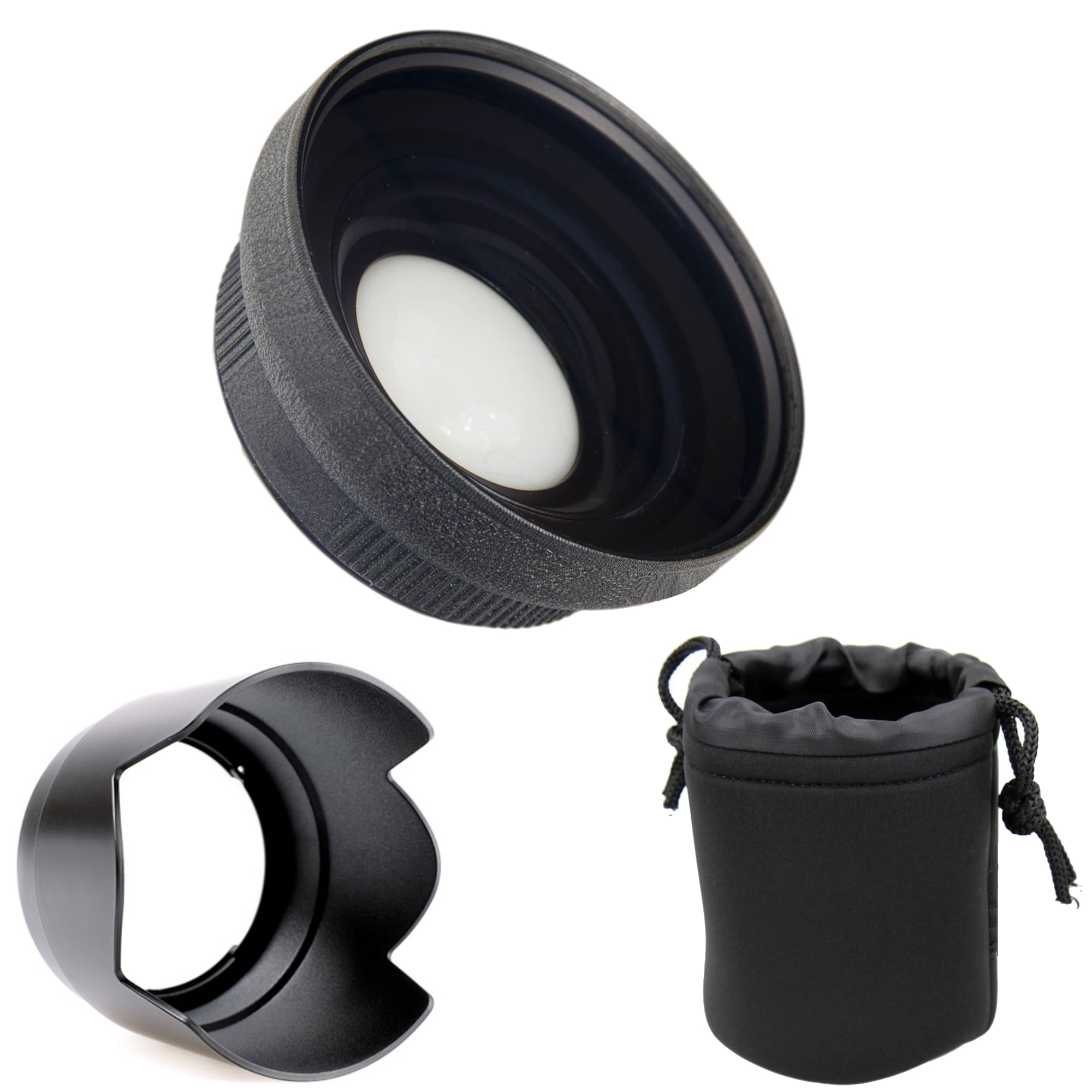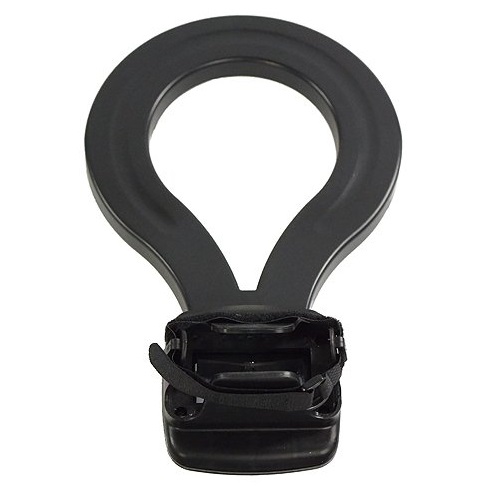

- #FLASH RING FOR NIKON P900 MANUAL#
- #FLASH RING FOR NIKON P900 ANDROID#
- #FLASH RING FOR NIKON P900 ISO#
- #FLASH RING FOR NIKON P900 PLUS#
The camera also supports Nikon's SnapBridge software, which lets you connect to Android or iOS devices wirelessly. Other features include support for SDXC cards, RAW (NRW format), video recording at up to 4K at 30fps, Bluetooth, and Wi-Fi 802.11 b/g.
#FLASH RING FOR NIKON P900 PLUS#
It also supports lens stabilisation for stills, and a combination of this plus electronic stabilisation for movies.
#FLASH RING FOR NIKON P900 ISO#
The Coolpix P1000 only uses contrast detection autofocus and has an ISO range of 100 to 6,400.

When you account for the 5.6 crop factor, you get the equivalent of a 24mm to 3,000mm focal length. The camera has a focal range of 4.3mm to 539mm and an aperture range of f/2.8 to f/8. To achieve this level of zoom while still keeping the size of the camera relatively portable, Nikon has stuck with a 1/2.3-inch sensor with a 16-megapixel resolution, which is the same one used on the Coolpix P900. Nikon Coolpix P1000 specifications and features In the box, you get a removable battery that's rated for 250 shots per charge, a Micro-USB cable, a charging adapter, a Micro-HDMI cable, and according to Nikon's website, a 16GB Class 10 SD card. This includes a button for video recording, an AF/AE lock, one for manually switching between the LCD screen and the EVF, and a multi-selector wheel with a fixed set of shortcuts. There is a smattering of buttons here, all of which are big and chunky and have good feedback. The rear LCD display can be fully articulated It can be fully articulated, which is good, but there's no touch support. At the back, we have a 3.2-inch display with a 921k dot resolution. These include a microphone input, Micro-HDMI, Micro-USB, and an accessory terminal. The controls on the top include a mode dial, command dial, power button, and customisable function (Fn) button.Īll the ports are placed on the left of the camera and are covered by rubber flaps. We like the fact that the viewfinder protrudes outwards quite a bit, so when you look through it, your nose doesn't touch the display easily, preventing sweat and grime buildup. The 0.39-inch OLED viewfinder has a resolution of 2.35 million dots and diopter adjustment. The Nikon Coolpix P1000 has a pop-up flash as well as a hot shoe for attaching an external flash. The shutter button also has a zoom lever, and it can be programmed in an interesting way, which we'll get in to in the next section. The zoom lever lets you make minor adjustments to the zoom level. ‘Snap-back zoom' is useful, as once you press it, the viewfinder zooms out a little for you to re-frame your shot, and once you release it, it snaps back to that zoom level. The left side of the lens has a button for a ‘snap-back zoom' feature and zoom lever. The Nikon Coolpix P1000 has a plastic build and can be heavy to handle
#FLASH RING FOR NIKON P900 MANUAL#
The front of the lens has a ring around it that lets you adjust focus in manual mode, but it can also perform different functions like exposure compensation, ISO or white balance adjustment, depending on what you set it to. This is something that couldn't be helped, considering the purpose it's trying to achieve. The camera is front-heavy due to the 17-element lens array, so it's not the most ergonomic design.

The hand grip is chunky, with plenty of rubber inserts, giving you the feel of a DSLR. The plastic body feels sturdy and has a subtle texture that allows for a good grip. It's also quite heavy at 1.4kg and the design of the lens and placement of some of the buttons require you to use it with two hands at all times.

In fact, it occupies a similar volume to a Canon 5D Mark III with a 100mm macro lens. The Coolpix P1000 is a chunky camera that's roughly the size of an average professional DSLR. The camera ships in a pretty sizeable box, and for good reason. Nikon Coolpix P1000 design and ergonomics


 0 kommentar(er)
0 kommentar(er)
